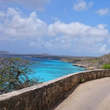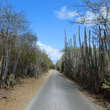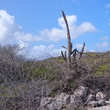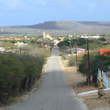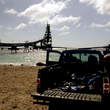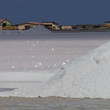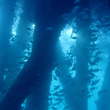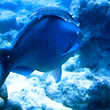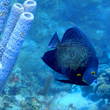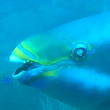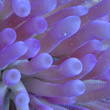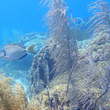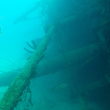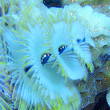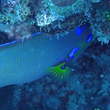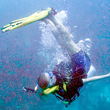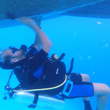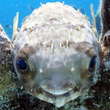This page is an automated translation of /nl/bonaire.html and is awaiting a manual review.
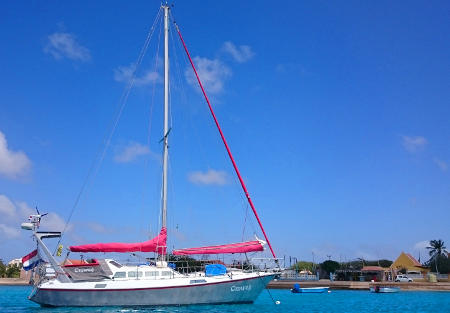
We leave from Sint Maarten while the weather conditions are quite tough (quite a lot of wind and showers), we know that and we don't mind because we just really want to continue and the crossing to Bonaire is not that much. We leave for the first time with a roller-furling jib (with sail!) On our forestay. The first day we don't use it yet; our tree breeding has a much better profile. But towards the evening squalls develop, which are isolated tropical rain showers with a lot of strong wind. One after the other passes us, which is difficult because you want to use little sail during such a squall, but in between when the wind drops away you want full sail again. We recover the tree jib and roll out the roller jib. By pulling on a line we can now just partially roll up the sail and that works very well indeed. The next day we arrive in the area with wind of 25-30 knots and it will remain that way for the rest of the trip. We do not want to sail faster than 5.8 knots because otherwise we will arrive too early in Bonaire. It is also possible to arrive a day earlier, but then we have to sail an average of 7 knots, and that seems a bit tricky because when the wind drops on the last day we still arrive at Bonaire at night and we do not want too much with this turbulent weather sail. Okay, so reduce sail until we do about 5.5 to 6 knots. With only a double reefed mainsail we go a bit too slow, but with more sail we go too fast. So we roll out the roller jib a bit until we have just the desired speed. And that is sometimes no more than the surface of a bed sheet, but it works well.
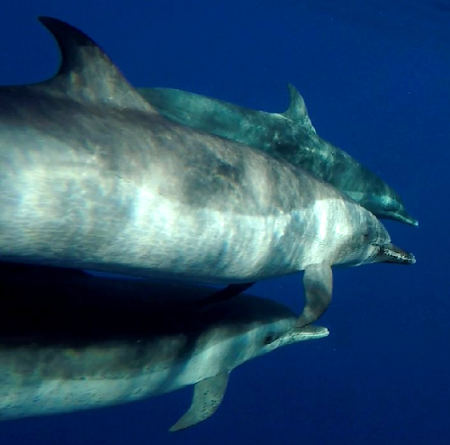
Due to the long-term strong wind, the waves have become higher and higher and because of our course they run more or less into us from the side. Some waves break against or under the boat, you can hear them rumbling from afar and every time an extra high comes, it is exciting what it will do. Detour is doing great and shows us that she can do this easily. Four days after departure we sail into Bonaire in the morning. The whole part next to Bonaire we smell the vegetation that spreads a very nice scent over the sea. Sometimes we smell the land before we see it!
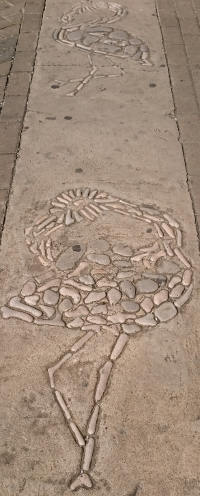
We don't want to be in the harbor, but at the anchorage. Although anchorage: there is hardly any sandy bottom here and in order to protect the coral they have forbidden to anchor here and moorings are offered instead. These are permanently anchored cables with a floating buoy with a loop. You can tie your boat to this loop. The effect is the same; the boat floats in the same place on the sea but the coral is not damaged. The procedure is a bit different because instead of dropping the anchor, we now have to try to fish the loop with a boat hook while sailing next to it. The wind is now over 30 knots and we have to sail to a free mooring under those conditions, stop the boat, fish the mooring and tie a line before the bow of the boat blows away. Complication is that once in the vicinity of the mooring it becomes out of sight for our helmet wife Ilona and she has to steer on my directions. Fortunately, it works on the first try and we feel like real pros. We are in Bonaire!
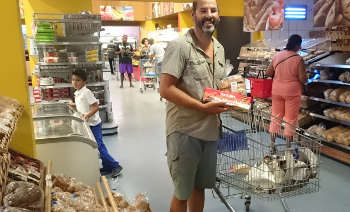
Bonaire is more Netherlands than the other "Dutch islands" that we have visited. After clearing, we immediately discover a snack bar, just a real snack bar where they sell fries war, croquettes, and other typical Dutch stuff. During our stay we hardly manage to get used to the fact that we can simply ask our questions in Dutch here, but Dutch is really the norm here! We go shopping and discover a Jumbo and an Albert Heijn, and even the products are the same as in the Netherlands. The only thing that differs is the sign at the checkout "We do not accept Euros", but otherwise it is all just Dutch. We love to buy real Dutch licorice and gingerbread, but it is very bad in the Albert Heijn that there are really no local products for sale (or at least products from neighboring countries), everything comes from the Netherlands, good for the environment of course this is not!
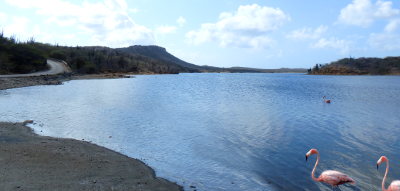
There are several diving clubs on Bonaire and of course one is close to our boat. We go there and are pleasantly surprised by the good facilities. You can buy a card that allows you to have your diving tanks filled for 6 dollars a time and you can rinse your diving equipment for free and let it dry and hang on site until you want to use it again. And it gets even better: while your bottle is being filled for the umpteenth time that day, you also get a cup of coffee and advice on where to dive best, which is great because there are quite a few dive sites on Bonaire. They also have a dive guide with all the spots and we pick out some interesting ones. We start with the dive sites furthest away and rent a car for two days. The cars they rent out here are almost all pick-up trucks with a double cabin and a rack for diving cylinders in the cargo bed. So all very handy. On the way we immediately see the whole island, of which the lake with the pink flamingos and the salt production are the most striking parts. The best thing is diving here and that is really beautiful here. Although most Caribbean fish are familiar to us by now, we still see something new every time. With Omweg we are above the coral reef and we therefore dive from the boat a few times. Because we have now brought out the diving gear, we also immediately remove all growth from the underwater hull, and that also attracts the attention of the fish around us: all the time there are doctor fish and other colorful creatures swimming around us.
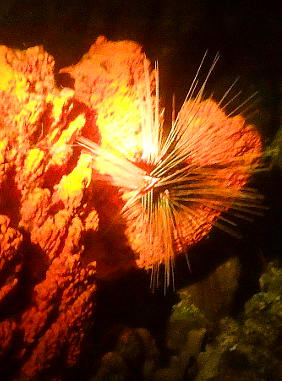
A highlight is a night dive from Omweg where we suddenly see a lot of other sea creatures. Two huge Tarpons use our light to hunt and they are constantly swimming close to us. Large moraines, of which you usually only see a big head tucked away during the day if you look closely into cavities, are now hunting but they also quickly disappear into a cavity when we shine our light on them. It's also really funny to see that the fish have a completely different rhythm at night than during the day; some are hidden in burrows, others we don't see at all anymore, yet others (like the Parrotfish) are now just sleeping on their side on the sand and some behave the same as during the day, but that is the minority. Mega sea urchins suddenly emerge from their (bad) hiding places and move about on the ground, snacking on the algae. We now also see large snails, striped eels (resembles sea serpents), and so on! Last but not least: the sparkling algae are there again, not as much and bright as then on La Gomera or Santo Antao, but it is still magical; we are like diving wizards :-D
Before we leave, we fill up the boat at the marina. There we suddenly see four iguanas, three of which seem to be cheeky. I (French) challenge Ilona to try to get them to eat out of hand, I wonder if she dares. The iguanas turn out to be hungry and unafraid!
On Bonaire we also stay a little longer than planned, but now we really have to continue towards the Panama Canal. Near the Panama Canal is Kuna Yala, better known as the San Blas Islands and that is now our next destination that we are very much looking forward to. It is more than 800 miles, so we expect a week of sailing. You cannot just leave on this crossing, the sea is notorious here and the winds are often very strong. We've been tracking the weather for weeks and now see a really good weather gap, the first since we've been keeping up, so we're going for it.
Below the story of Bonaire with the photos continues in the slideshow. We will not show everything, here is a small selection:
